In the scrap metal recycling and processing industry, cutting is a critical step.
Today, manual cutting is increasingly being replaced by mechanized cutting. One might ask: Doesn't the cost of using mechanical equipment outweigh manual labor?
Let's break down the costs from perspectives of cost, safety, efficiency, and environmental impact.
Cost Considerations:
Manual Cutting: Relies on skilled workers. According to previous data, a skilled oxy-fuel cutter can handle about 15 tons of scrap metal per day. With a daily wage of 300 yuan, the average labor cost per ton of scrap metal is around 20 yuan. Additionally, there are costs for gases like oxygen and acetylene. In the long term, this can be more expensive.
Hydraulic Shear: While the initial investment is relatively high, including equipment purchase costs, the operating costs are low. There's no need for continuous gas supply, and labor costs are significantly reduced over time, making it more cost-effective overall.
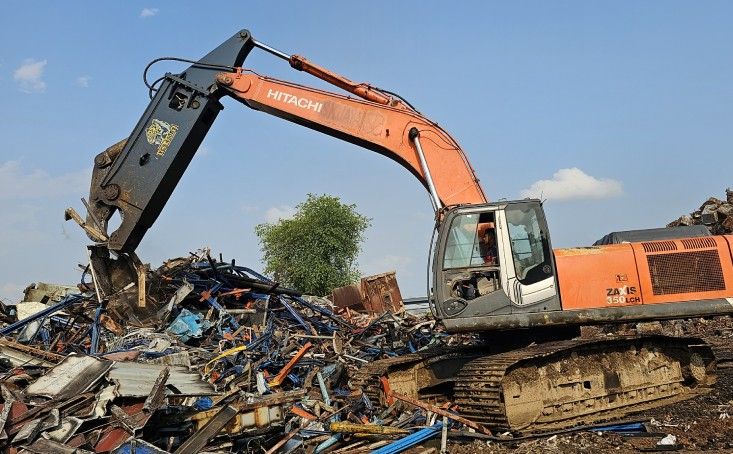

Safety Comparison:
Manual Cutting: Involves high-temperature flames, posing risks of burns and inhalation of harmful gases. Prolonged physical labor can also lead to occupational diseases.
Hydraulic Shear: Uses mechanical force for cutting, eliminating the need for high temperatures and flammable gases, thus reducing the risk of on-site accidents and providing a safer working environment.

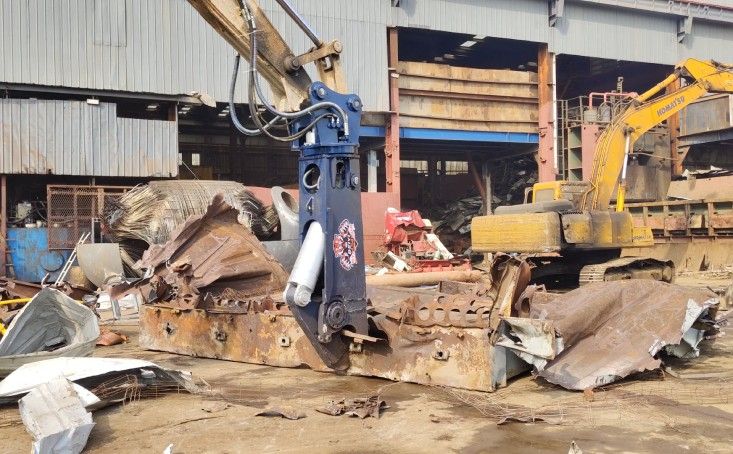
Efficiency and Flexibility:
Manual Cutting: Dependent on the skill level and physical condition of the worker, leading to inconsistent efficiency and difficulty in ensuring cutting precision, which can affect subsequent processing and utilization.
Hydraulic Shear: Designed for 360-degree rotation, allowing cutting at any angle. It is 2-4 times more efficient than manual labor, with stable cutting speed and force, making it suitable for large-scale and high-intensity scrap metal processing.

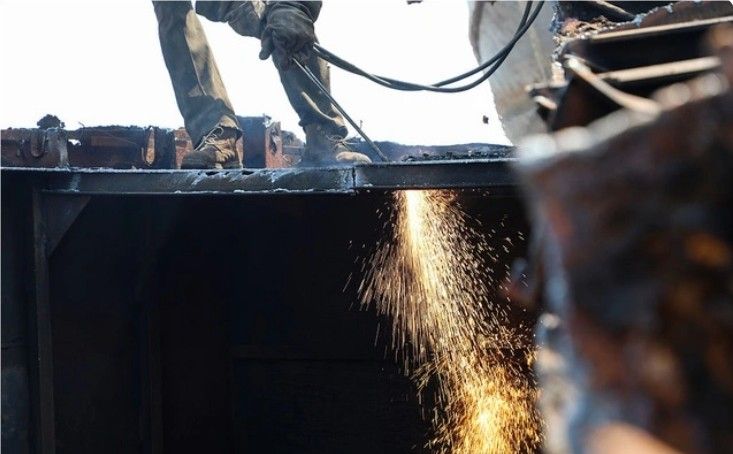
Environmental Impact:
Manual Cutting: Produces smoke, dust, and harmful gas emissions, negatively impacting the environment and workers' health.
Hydraulic Shear: Utilizes a fully hydraulic system with no gas emissions during operation, reducing environmental pollution and aligning with current environmental policies.
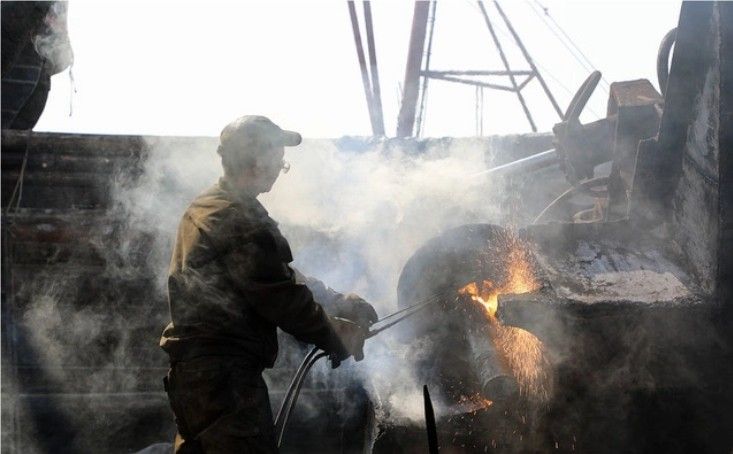
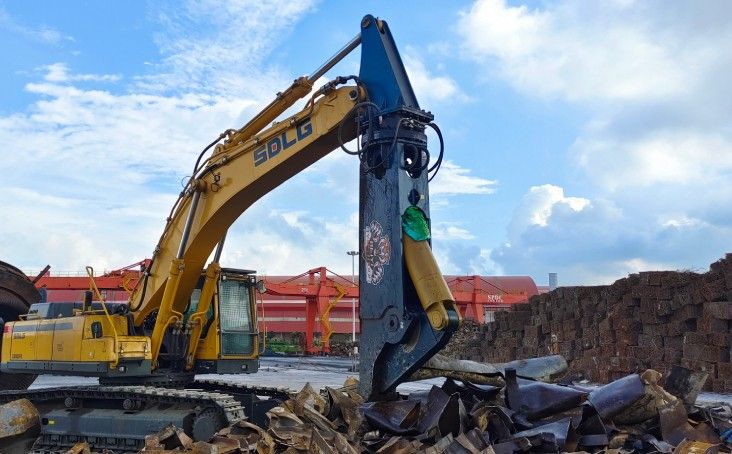
In summary, hydraulic shears demonstrate significant advantages in terms of cost, safety, efficiency, and environmental impact. They represent the future trend in the scrap metal recycling industry.
For scrap metal recycling operations aiming for efficiency, safety, and environmental sustainability, adopting hydraulic shears can enhance processing capabilities, reduce costs, and contribute to green development, achieving a win-win for both businesses and society.


 sales@wxbychina.com
sales@wxbychina.com








 HOME
HOME ABOUT
ABOUT PRODUCTS
PRODUCTS CASES
CASES VIDEOS
VIDEOS